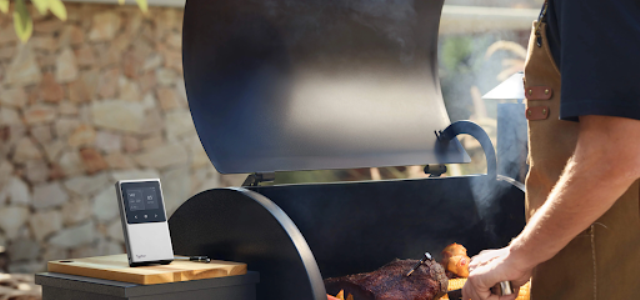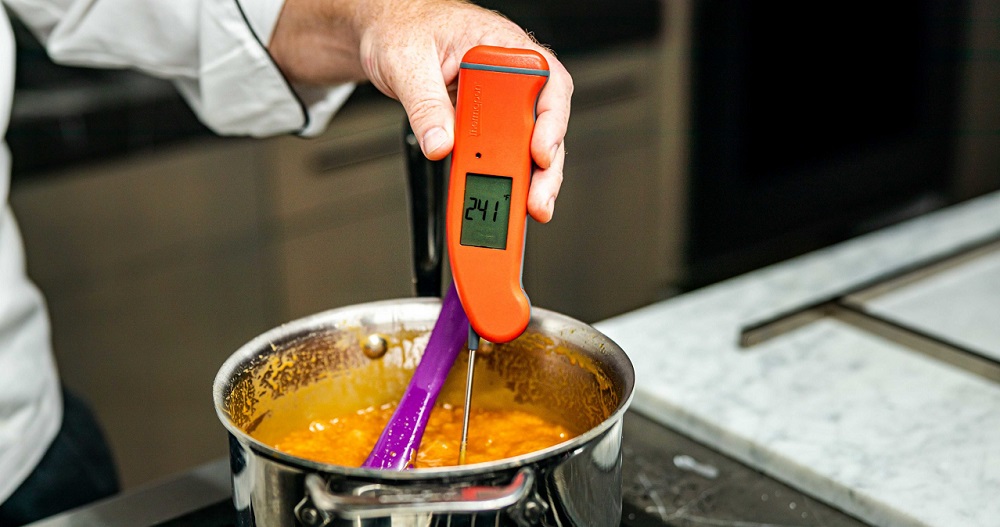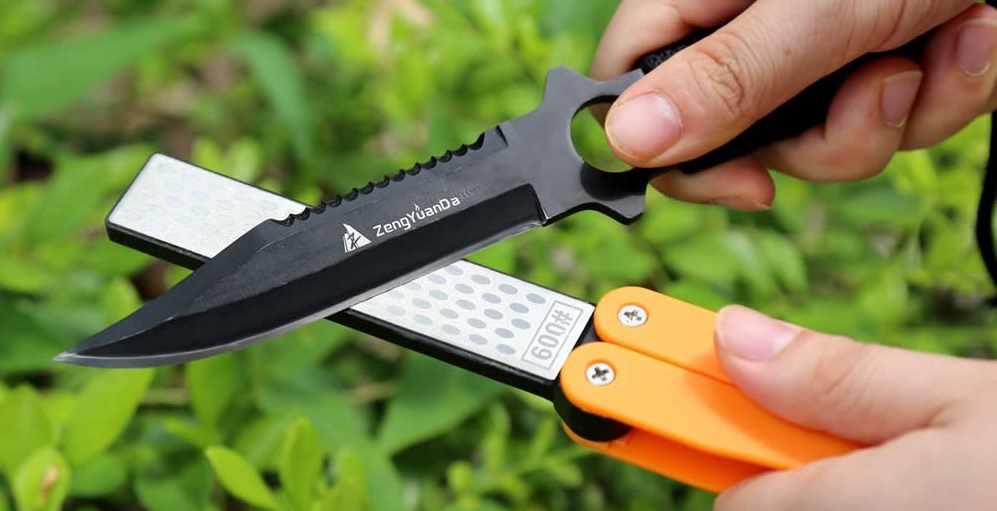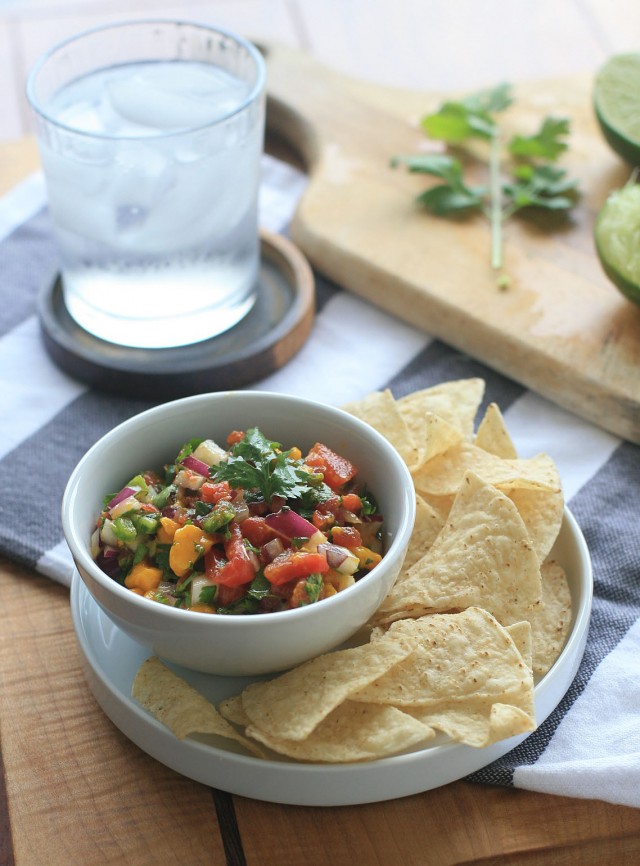Few cuts of meat inspire as much reverence as the filet mignon. This iconic steak is celebrated worldwide for its exceptional tenderness, buttery texture, and delicate flavor. But what makes this cut so special, and why does it command such a high price? Unlocking the secrets of filet mignon requires a closer look at its origins, characteristics, preparation, and more. Whether you’re a seasoned steak aficionado or a culinary enthusiast eager to learn, this comprehensive guide will illuminate everything you need to know about this beloved cut.
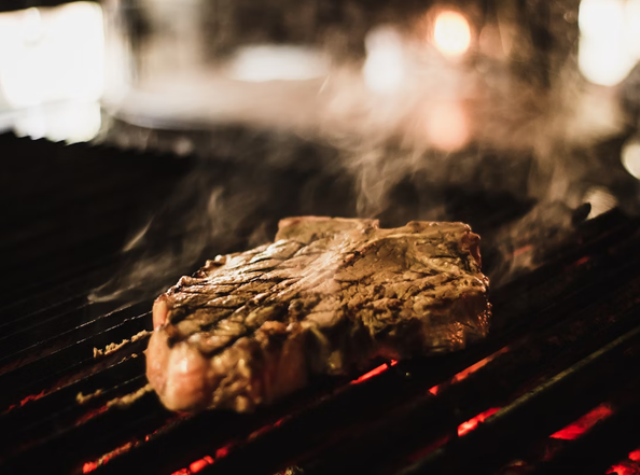
The Origins and Anatomy of Filet Mignon
To appreciate filet mignon, one must first understand its origins. The name “filet mignon” comes from the French words “filet,” meaning a thick slice, and “mignon,” meaning small or dainty. True to its name, this cut is both petite and tender, prized for its refined texture. It is taken from the tenderloin, a narrow strip of muscle that runs along the spine of the cow. This muscle does very little work, which is why the meat is so tender. Unlike other cuts that are full of connective tissues, the tenderloin remains soft even when cooked to higher temperatures.
The tenderloin, from which filet mignon is derived, is part of the short loin and sirloin, positioned just beneath the ribs. This muscle’s location contributes significantly to its tenderness because it doesn’t bear the weight or engage in heavy activity. The minimal exertion means the muscle fibers remain soft, almost velvety, resulting in a texture that’s difficult to replicate with any other cut. This anatomical placement is also why the filet mignon is smaller compared to other popular steak cuts like ribeye or New York strip.
Not only does this tender cut represent luxury, but it also requires careful butchering. Extracting a filet mignon from the tenderloin involves precision to ensure the integrity of the meat. Butchers must skillfully trim away any fat, silverskin, and membranes, leaving only the pure, delicate beef that filet lovers crave. Each step, from butchering to preparation, underscores why filet mignon is often viewed as the jewel of any steakhouse menu.
What Sets Filet Mignon Apart from Other Steaks
The filet mignon’s distinct characteristics set it apart from other popular steaks. First and foremost, it is the tenderness that captures the hearts of steak lovers. While other steaks may boast bold, beefy flavors, none can rival the melt-in-your-mouth experience that the filet offers. This tenderness is a direct result of the low-activity muscle it comes from, which allows the meat fibers to remain loose and free of the tough connective tissues found in other cuts.
Another defining feature of filet mignon is its subtle flavor profile. Unlike cuts that have heavy marbling, such as ribeye, the filet mignon is lean. Some might consider this a drawback, as it doesn’t offer the same rich, fatty flavor. However, this mildness allows the natural, clean taste of the beef to shine through, making it the ideal cut for those who prefer a more delicate, nuanced flavor. This quality is especially appealing when paired with bold sauces or rich side dishes that complement rather than overpower the meat.
Finally, the shape of filet mignon contributes to its allure. Unlike the irregular, wider cuts of steak, a filet is usually round and compact, making it ideal for a refined presentation. Its uniform shape ensures that it cooks evenly, which is a crucial aspect when aiming for the perfect medium-rare finish. These combined factors—tenderness, flavor, and presentation—are why filet mignon remains a staple in fine dining and a top choice for those seeking an unparalleled steak experience.
The Art of Cooking Filet Mignon: Methods and Tips
Cooking filet mignon is an art that requires precision and respect for the cut. Due to its lean nature, this steak can easily become dry if overcooked, making it crucial to master the timing and technique. The most traditional method is pan-searing, where the filet is browned in a hot skillet and then finished in the oven. This technique creates a caramelized crust on the outside while preserving the tender, juicy interior. For those who prefer a smoky flavor, grilling is an excellent option, but it’s important to keep the grill at a moderate temperature to avoid overcooking.
One of the keys to preparing a flawless filet mignon is seasoning. Given the cut’s mild flavor, it benefits from simple, high-quality seasoning—just a touch of salt, pepper, and perhaps a hint of garlic or herbs. These minimal additions enhance the natural taste without overshadowing it. Moreover, letting the meat rest before slicing ensures that the juices redistribute, providing a more succulent bite. This resting period is essential for retaining moisture.
For those seeking the best of the best, sourcing premium beef, like Wagyu filet mignon, can elevate the experience to new heights. Wagyu beef is known for its exceptional marbling and flavor, even in leaner cuts like the filet. Brands like Destination Wagyu offer selections that combine the natural tenderness of filet mignon with the luxurious richness that Wagyu is famous for. Choosing such high-quality meat ensures a dining experience that is as close to perfection as possible.
Pairing Filet Mignon: Wine, Sides, and Sauces
A great filet mignon deserves equally great accompaniments, and choosing the right wine, sides, and sauces can transform a meal. When it comes to wine, many experts recommend pairing filet mignon with a medium-bodied red. Options like Bird in Hand Rosé or Merlot provide just enough acidity and fruitiness to complement the lean, tender meat without overwhelming its delicate flavor. However, those seeking a bolder experience might reach for a Cabernet Sauvignon, which adds depth and richness to each bite.
As for sides, it’s all about balancing flavors and textures. Because filet mignon is tender and mild, pairing it with richer, creamier sides can create a delightful contrast. Mashed potatoes, truffle fries, or a classic gratin are popular choices that add a comforting element to the dish. Vegetables, particularly those with a slight char or roast, like asparagus or Brussels sprouts, add a fresh, crisp note that cuts through the richness of the steak and side dishes. The combination of soft, creamy, and crunchy textures ensures a well-rounded meal.
Lastly, sauces play a pivotal role in enhancing the filet mignon experience. While some prefer their steak unadorned, a well-chosen sauce can elevate the dish. Traditional options include a red wine reduction, béarnaise, or a peppercorn sauce. Each adds a unique flavor profile, whether it’s the tang of wine, the smoothness of butter, or the spice of pepper. These elements complement the filet without detracting from its star quality, making the meal a memorable one.
The Premium Appeal: Why Filet Mignon Commands a Higher Price
Filet mignon’s reputation as a luxury cut matches its price, and several factors contribute to this. First and foremost, it’s a matter of supply and demand. The tenderloin, from which the filet is cut, is a small muscle that accounts for a very limited portion of the cow. This scarcity, combined with its prized texture, drives up the price. In contrast, other cuts, like the ribeye or strip steak, come from larger muscles, resulting in more available portions.
Additionally, the labor-intensive process of butchering the tenderloin adds to the cost. Each filet must be meticulously trimmed and prepared to remove any unwanted fat, sinew, and silverskin. This level of precision requires time, skill, and attention to detail, which reflects its price tag. Restaurants and butchers often treat filet mignon as a showcase item, elevating its presentation to match its cost, further cementing its status as a premium cut.
The appeal of filet mignon extends beyond its flavor and texture; it’s about the experience. Diners willing to pay a premium are seeking more than just a meal—they are indulging in a culinary tradition that celebrates elegance, simplicity, and luxury. From the meticulous care in its preparation to the perfectly cooked, tender bite, every aspect of filet mignon speaks to those with a refined palate and an appreciation for the finer things in life.
The Future of Filet Mignon: Trends and Innovations
As the culinary world continues to evolve, so does the approach to filet mignon. While traditional preparations remain popular, there is a growing interest in experimenting with new cooking techniques and flavor pairings. Sous-vide, for instance, has gained traction as a method that ensures consistent doneness and tenderness without the risk of overcooking. By sealing the filet in a vacuum bag and cooking it at a precise temperature, chefs can achieve a perfect medium-rare finish every time.
Moreover, sustainability and ethical sourcing are becoming increasingly important to consumers. There is a rising demand for filet mignon that not only tastes exceptional but also aligns with environmentally friendly and humane farming practices. Brands that prioritize quality, transparency, and responsible sourcing are leading the charge, offering consumers the chance to enjoy their favorite cut without compromising on values. This shift reflects a broader trend in the food industry towards greater sustainability and accountability.
Finally, as tastes evolve, so do flavor profiles. Experimentation with global influences, from Asian marinades to South American chimichurri, is making its way into filet mignon preparations. Chefs go beyond traditional European sauces and are exploring diverse spices, herbs, and seasonings that introduce new dimensions to this classic cut. The result is a dynamic, exciting future for filet mignon, where innovation meets tradition on the plate.







